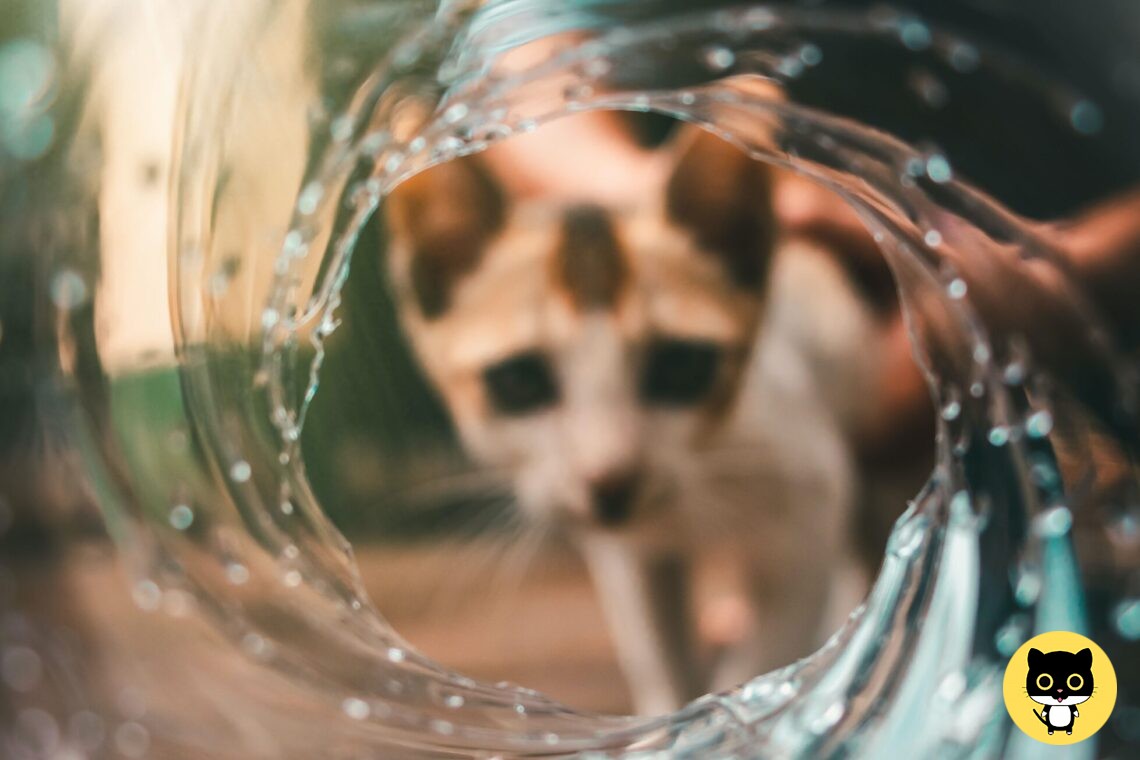Showering a cat can be a daunting task, especially for first-time pet owners. Cats are not fond of water and might put up a fight when it comes to bath time. However, with the right preparation and method, showering a cat can be a stress-free experience. In this article, we will be discussing the best practices for showering a cat, including what to consider when choosing a shampoo, how to prepare the bathroom and yourself for a successful experience, and a step-by-step guide for showering a cat.
Cats are naturally clean creatures and have a strong sense of hygiene. They groom themselves regularly and don’t need regular showers like other animals. However, cats do need to be bathed occasionally. This is especially true when they’re dealing with fleas, ticks, or mats in their fur. Showering a cat requires patience and understanding, as cats are not fans of water..
STEP 1: Choosing the Right Shampoo & Conditioner
The best cat shampoo should be gentle enough on your cat’s skin, while still being effective enough to clean their fur. Look for shampoos and conditioners that are specifically formulated for cats and are free of harsh chemicals. Avoid human shampoos and any products that contain fragrances or colorants as these can irritate your cat’s skin. If your cat has sensitive skin or allergies, look for hypoallergenic shampoos.
STEP 2: Preparing the Cat and the Bathroom
Before you shower your cat, as a safety measure, cut its claws. Make sure the water temperature is comfortable and not too hot or too cold. You can test the water with your hand or elbow to ensure it’s not too hot. Then, place a non-slip mat in the bathtub to prevent your cat from slipping. Finally, place a towel on the floor outside the bathtub, so your cat can easily step out when the shower is done.
STEP 3: Gently Getting the Cat into the Bath
The most difficult part of showering a cat is often getting them into the bathtub. To do this, you’ll need to be patient and gentle. Start by talking to your cat in a calm and soothing voice. Then, pick them up and place them in the bathtub. You can also use treats or toys to get them into the bathtub. Once your cat is in the bath, make sure to hold them firmly but gently to prevent them from jumping out of the bath.
STEP 4: Step-by-Step Guide to Showering a Cat
Now that your cat is in the bath, it’s time to start the shower. Follow these steps to properly shower your cat:
- Start by wetting your cat’s fur with lukewarm water. Avoid getting water in their ears and eyes.
- Apply a generous amount of cat shampoo to your cat’s fur. Make sure to massage the shampoo into their fur to help loosen any dirt or debris.
- Rinse your cat thoroughly with lukewarm water. Make sure to rinse all the shampoo off their fur.
- After rinsing, apply a leave-in conditioner to help maintain your cat’s fur (ideally, leave it in the fur for a couple of minutes)
- Rince your cat thoroughly with lukewarm water again.
- Finally, use a towel to gently dry your cat’s fur.
Additional Tips for a Stress-Free Showering Experience
- Make sure to start showering your cat as soon as you bring it into the bathroom.
(If it has time to adjust to the situation, it will be more likely to put up a fight.) - Give your cat treats and praise during the shower to make the experience more enjoyable.
- Place a towel on the bed or couch for your cat to relax on after the shower.
- Make sure the shower is not longer than necessary.
Dealing with Difficult Cats
Some cats might be more difficult to shower than others. If your cat is particularly difficult, here are a few tips to make the experience easier:
- Use a cat carrier to get your cat into the bathroom. This will help keep them calm and make it easier to get them into the bath.
- Use a head wrap on the cat as it often calms them down.
- Give your cat treats or toys to keep them distracted during the shower.
- Speak to your vet about using a mild sedative to help keep your cat calm during the shower.
What is your experience with showering cats? Please log in and share any Tips or Tricks below.





